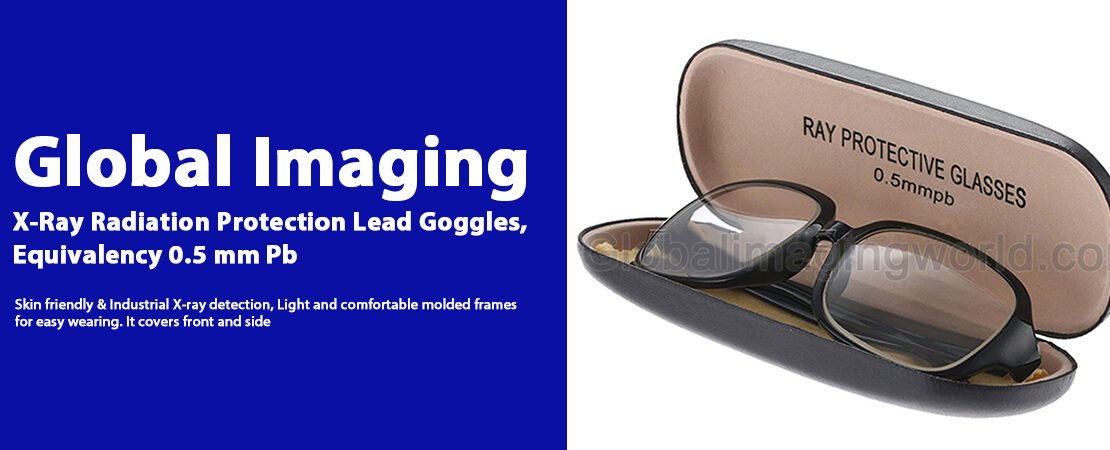What is Ionizing radiation?
Ionizing radiation is comprised of subatomic particles or electromagnetic waves that have sufficient energy to ionize atoms or molecules by detecting electrons from them. The particles travel over 1% of the speed of light, and also the electromagnetic waves are on the high-energy portion of the spectrum.
WHO defines ionizing radiation as “Ionizing radiation is radiation with enough energy that to remove tightly bound electrons from the orbit of an atom, causing that atom to become charged or ionized.”
Ionizing radiation can be categorized mainly into two categories on the basis of their sources.
Natural Ionizing radiation: The radiation that comes from natural sources is typically at a lower dose and can be absorbed by our bodies. Cosmic and solar radiation is examples of this.
Manmade Ionizing radiation: Today use of ionizing radiation to diagnose and treat multiple human diseases increasing swiftly. The devices used in this technology generate a higher level of ionizing radiation which is harmful to the human body. Mainly multiple medical exams are responsible for the generation of manmade ionizing radiation.

How does ionizing radiation affect our Eyes?
Undoubtedly modern medical field improved our lives with the help of radiology. Such technologies are used to detect and cure diseases, frequently exposed to x-ray and other radiation puts people at risk of tissue damage. During multiple radiographic exams, x-ray technologists have tp face a much higher risk of tissue damage from radiation because of frequent exposure. The human eyes are the one among the most exposed organs of the human body to ionizing radiation.
Since the eyes are specifically graceful parts of our bodies, we must be aware to protect them, especially if we belong to the radiology department.
Commonly radiological personnel have to face the problem of cataracts from being frequently being exposed to the significantly higher radiation dose. A cataract is commonly a cloudy lens of the eye, a lens that should be clear in order to function properly. The main symptom of the cataract is blurry vision in its early stages. In fact, cataracts affect a small part of the lens initially. That we don’t realize immediately. Ignorance of such may cause a serious problem to our eyes.
How to protect human eyes from the risk of Ionizing radiation?
According to the ALARA principle, there are 3 basic principles to protect yourself from the risk of ionizing radiation. Such as 1. Time, 2. Distance and, 3. Lead Shielding. Among them, shielding is the easily acceptable principle. Lead shielding should be used wherever it is necessary to reduce or eliminate radiation exposure. There are multiple types of lead shielding choices for the radiologist to protect their eyes from the probable risk of ionizing radiation, the motive of this article will be to draw the attention of radiologists or medical personnel to radiation eye protection and the use of lead goggles or radiation safety glasses.

Global Imaging standard radiation protective lead goggles can be used to offer protection for the eyes of radiation operators who worked in the field of medical, industrial X-ray detection, scientific research, and so on. Our lead goggles are designed to perfectly fit over the eyes and provide complete protection to the eyes of radiation operators who worked in the medical field.
